Posts About Latest Discoveries

By a Stream in Vermont, a Glimpse of a Plant Last Seen a Century Ago
The State of Vermont announced last month that a plant thought to be locally extinct — False Mermaid-weed — had been found through a chain of events that seemed stolen from a fairy tale.
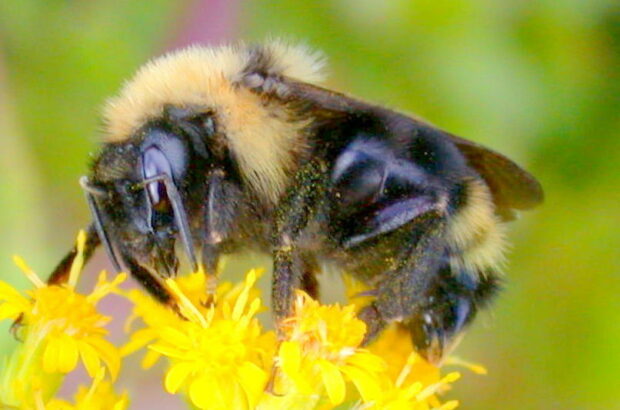
Bumblebee Photographed in Backyard is a New Species for Vermont
It took a photo, a drawing, a naturalist’s boundless curiosity, and bee experts from across the nation for Vermont to claim a new bumblebee species for the state last week.
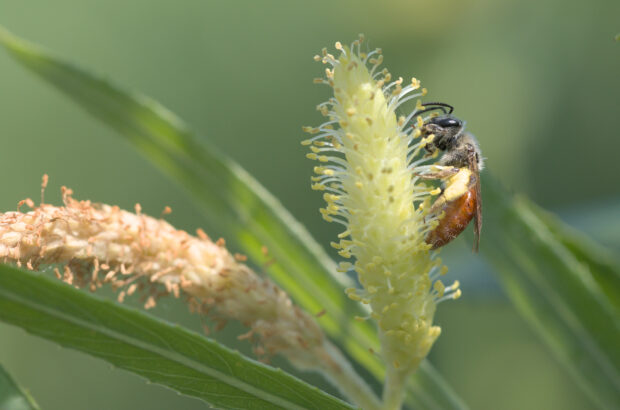
New Native Bee Species Discovered for Vermont
A mystery red bee visiting an uncommon willow tree in bloom becomes Vermont’s latest native bee species discovery by biologist Spencer Hardy.
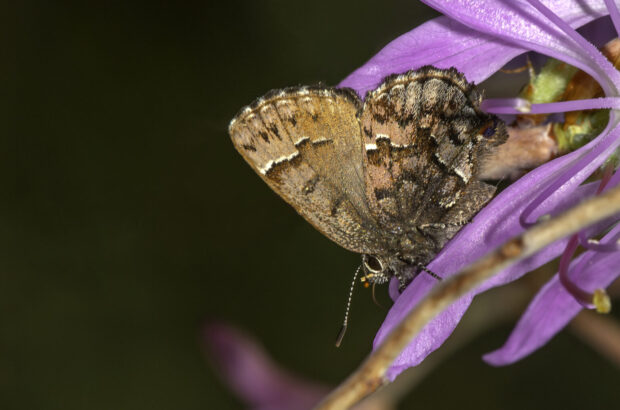
After Two Decades of Searching a Rare Butterfly is Discovered during the Vermont Butterfly Atlas
A rare and elusive butterfly has been discovered for the first time in Vermont, flying this spring at one of the state’s protected natural areas. Bog Elfin, patterned in brown and rust, and no bigger than a penny, had eluded detection in the state until one flew past a Vermont field biologist who had been searching for it for two decades.
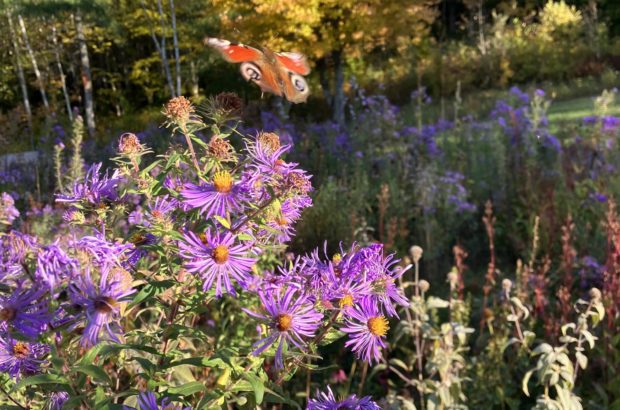
New Butterfly Species Recorded for Vermont on iNaturalist
In October iNaturalist user James McNamara photographed a European Peacock Butterfly in a garden and reported it the Vermont Atlas of Life on iNaturalist marking the first state record for this species.
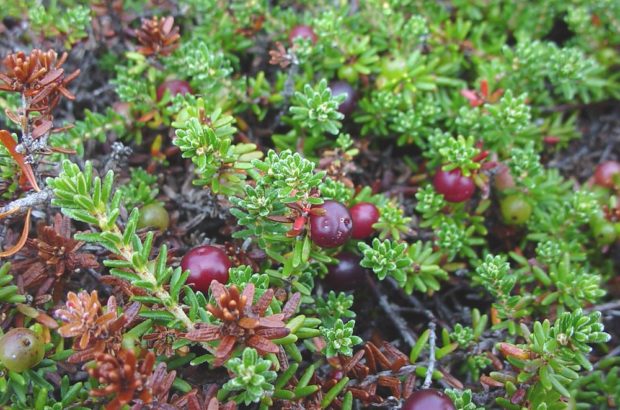
Alpine Plant Believed Locally Extinct in Vermont Since 1908 Rediscovered
The Vermont Fish and Wildlife Department announced on Tuesday that the purple crowberry (Empetrum atropurpureum), a diminutive alpine shrub last documented in Vermont in 1908, has been rediscovered on Mt. Mansfield.
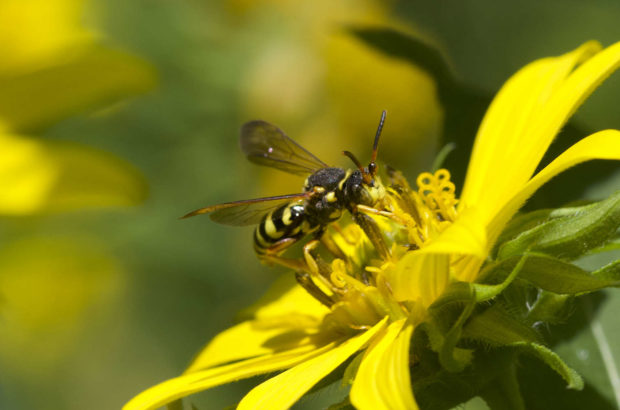
Summer Bee Update: Four Years in, the Flood of New Species is Becoming a Trickle
Year four of the Vermont Wild Bee Survey is winding down, but not before adding at least three new species to the state checklist. Additional species certainly await discovery, but the number of new ones found each is steadily declining, suggesting we’ve located the vast majority of the species present.
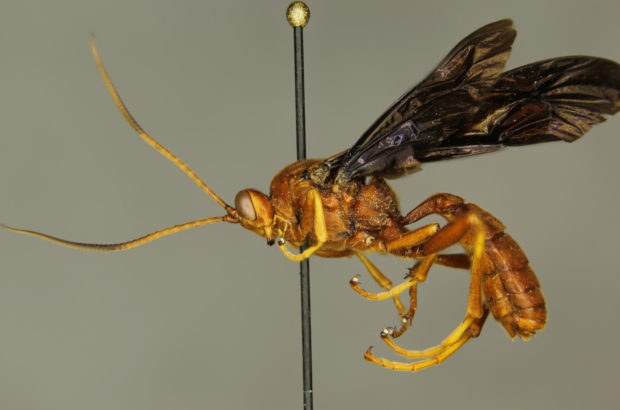
Long Distance Collaboration Documents An Overlooked, Hyper-Diverse Taxon
Two dedicated volunteers and a graduate student in Utah come together to document one of Vermont’s least studied and most diverse insect families!
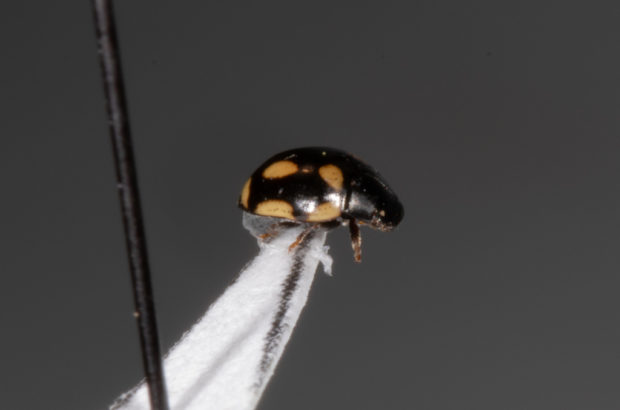
New Lady Beetle Discovered in Vermont
When he looked inside, he saw a small, black beetle with elongated spots. “I walked over to Kent and asked if he knew what species this was,” said Nathaniel. “Kent responded that he was not sure, so he took the beetle home to identify it.” “Yeah as soon as I saw the thing I just had this feeling that this lady beetle was something special and knew that I had to take it back with me,” said Kent.
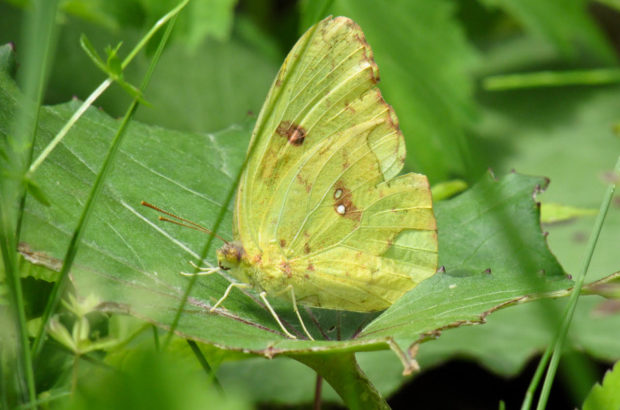
New Butterfly Species for Vermont Reported to eButterfly
Terri Armata, one of Vermont’s most ardent butterfly watchers, discovered the 115th species for Vermont, a Cloudless Sulphur. Read more about her discovery and the amazing butterfly.






